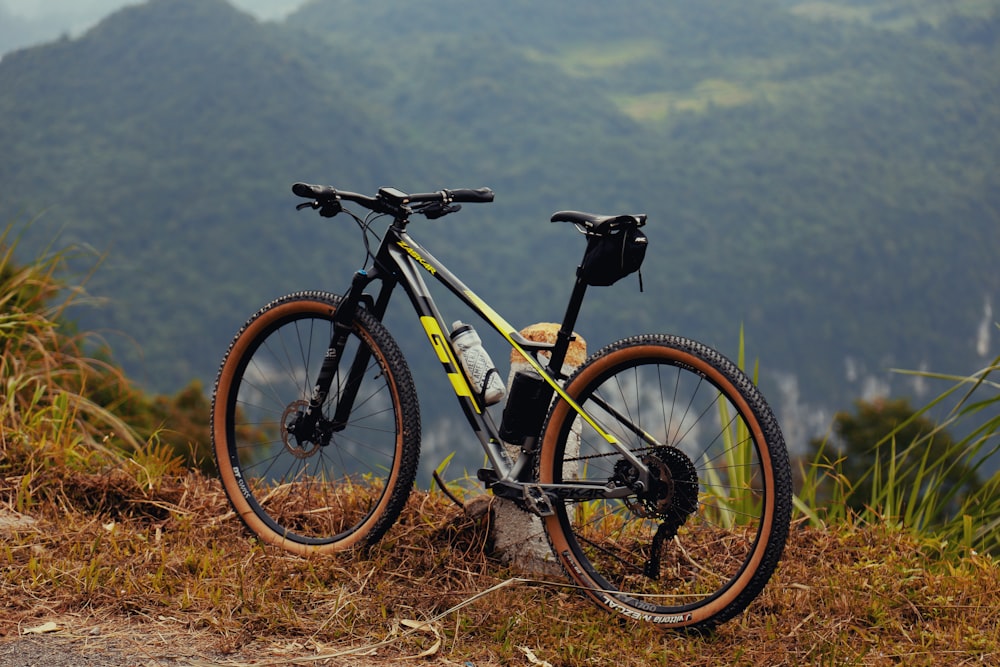Unlocking the Potential of Cycle Suspension Forks
Understanding Cycle Suspension Forks
Cycle suspension forks are a critical component of a bike’s front end, responsible for absorbing shocks and impacts from the terrain. Understanding how these forks work and their different types is essential for any cyclist looking to elevate their riding experience. Whether you’re cruising along smooth roads or tackling rugged trails, the right suspension fork can make all the difference in comfort and performance.
Types of Suspension Forks
There are two main types of cycle suspension forks: coil spring forks and air spring forks. Coil spring forks use a coiled metal spring to absorb impacts, offering a more straightforward and cost-effective option. On the other hand, air spring forks utilize compressed air to adjust the suspension’s stiffness, providing more customization options for different riding conditions and preferences.
Factors to Consider
When exploring cycle suspension forks, several factors should be taken into account to ensure the right fit for your bike and riding style. Considerations such as travel (the distance the fork can compress), damping (the fork’s ability to control rebound), and adjustability (the fork’s flexibility in tuning settings) all play a role in determining the fork’s performance and suitability for your needs.
Choosing the Right Fork
Selecting the right cycle suspension fork involves assessing your riding goals and preferences and matching them with the fork’s specifications. For casual riders or those primarily cycling on paved roads, a basic coil spring fork may suffice. However, for more serious cyclists or those venturing into off-road terrain, investing in a quality air spring fork with adjustable settings can provide a significant performance boost.
Installation and Maintenance
Proper installation and maintenance are crucial for maximizing the lifespan and performance of cycle suspension forks. Ensure that the fork is installed correctly according to the manufacturer’s guidelines, and regularly inspect it for signs of wear or damage. Routine maintenance tasks such as cleaning, lubricating, and adjusting settings as needed can help keep the fork in optimal condition for smoother, more comfortable rides.
Benefits of Suspension Forks
The primary benefit of cycle suspension forks is their ability to improve ride quality and comfort by absorbing shocks and vibrations from the terrain. This not only reduces fatigue and strain on the rider but also allows for greater control and stability, especially on rough or uneven surfaces. Additionally, suspension forks can enhance traction and grip, resulting in better handling and performance overall.
Enhancing Riding Experience
By exploring cycle suspension forks and understanding their potential, cyclists can elevate their riding experience to new heights. Whether cruising through urban streets, tackling mountain trails, or embarking on long-distance adventures, the right suspension fork can make every ride smoother, more comfortable, and more enjoyable. So, take the time to research and invest in a quality suspension fork that suits your needs, and prepare to elevate your ride like never before. Read more about cycle suspension fork




:quality(85):extract_cover()/2023/08/15/970/n/1922729/0f92346364dbf9770c4d89.94072438_.jpg)